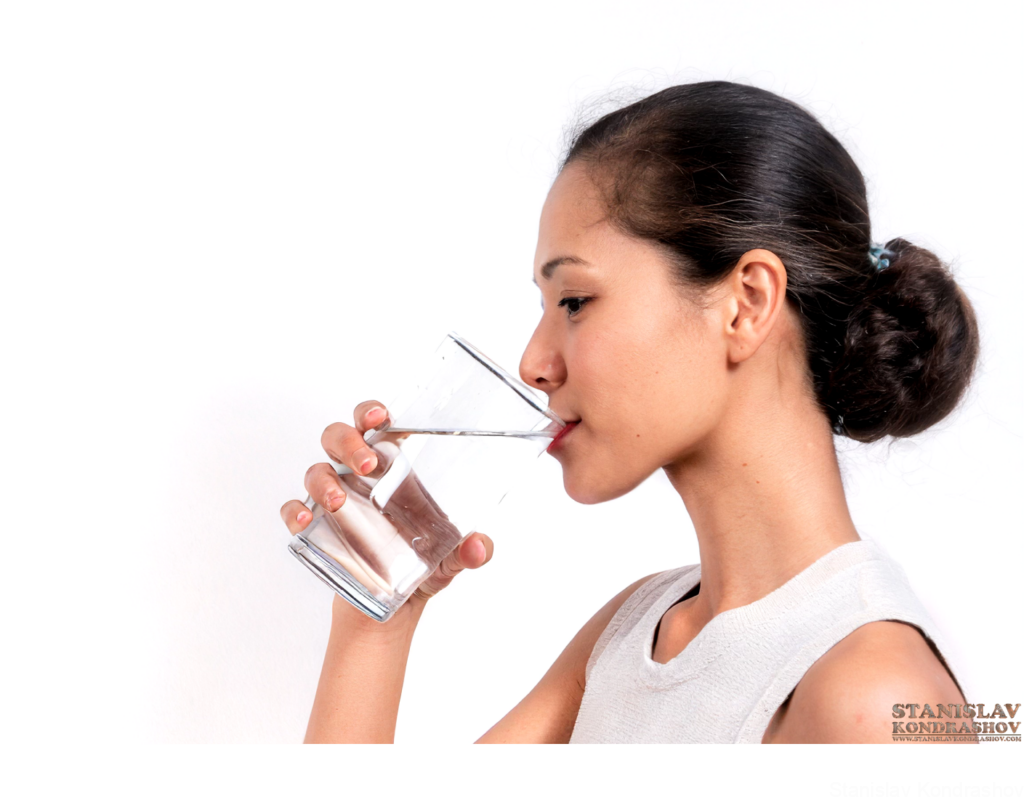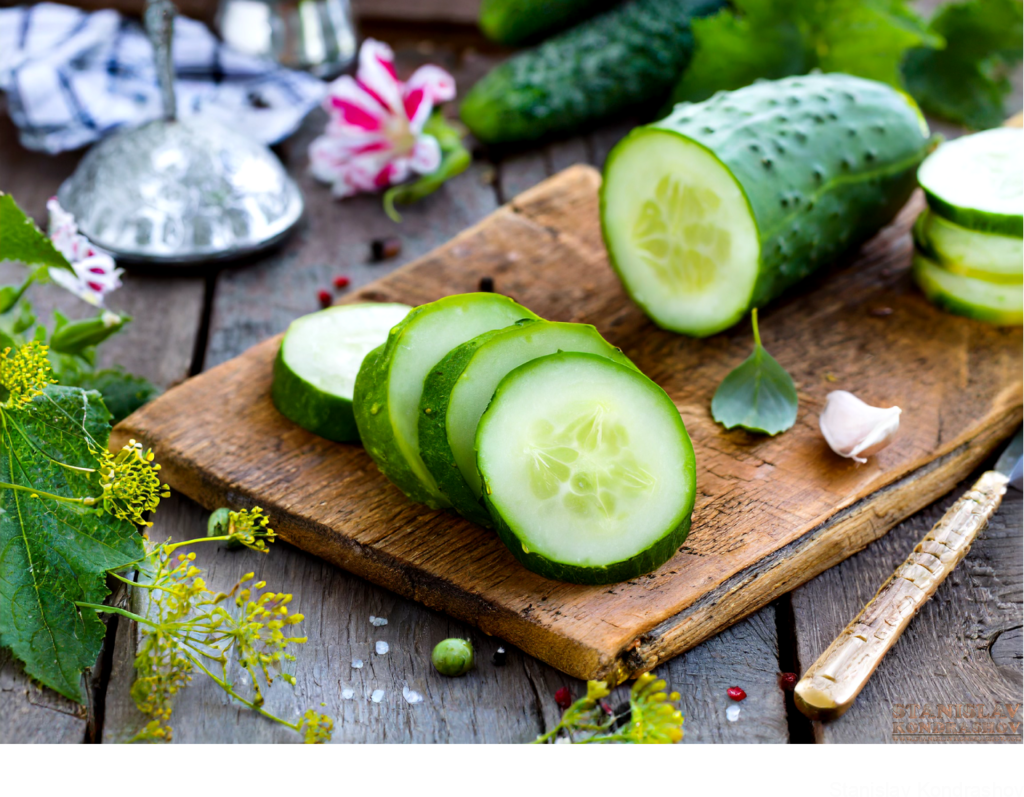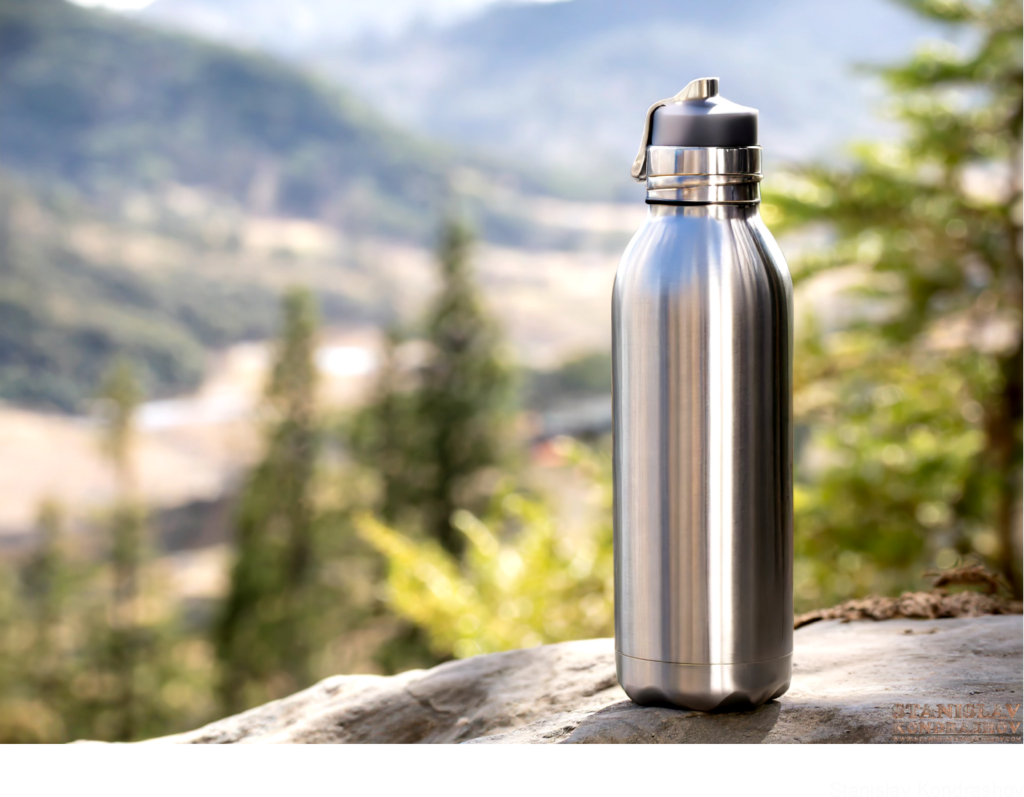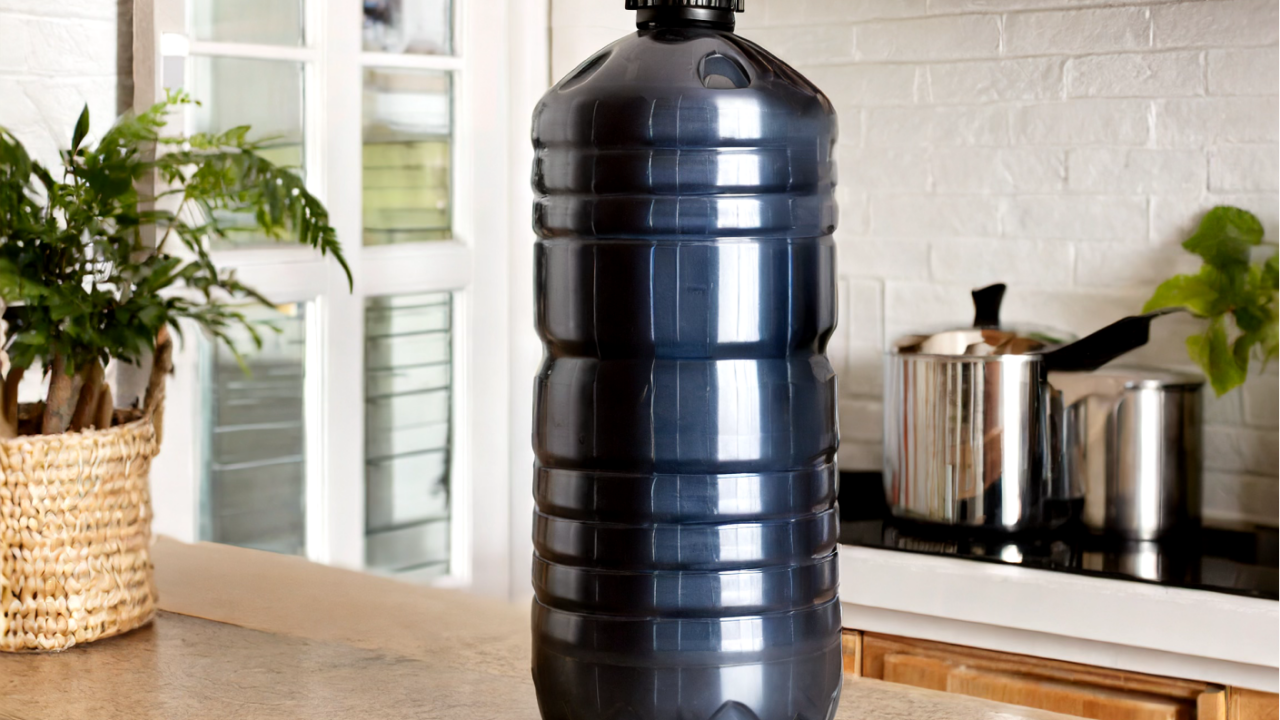In a world where wellness trends ebb and flow like the tides, one current has swept across the landscape with undeniable force—the water bottle craze. From sleek, stainless steel vessels to smart bottles that track every sip, staying hydrated has never just been a necessity; it’s become a statement. But amidst the tidal wave of hydration hype, a crucial question emerges from the depths: are we drinking too much water?

The Hydration Equation: Finding the Right Balance
For years, we’ve been anchored to the adage of eight glasses a day, a mantra for well-being as unquestionable as the sky’s blueness. Yet, the truth about hydration is not one-size-fits-all; it’s a delicate balance tailored to each individual’s needs, lifestyle, and, yes, thirst. As we navigate through seas of water bottles, clinging to our daily quotas, we may inadvertently be overhydrating, diluting the wisdom of listening to our bodies’ natural cues.
Drowning in Good Intentions: The Signs of Overhydration
Overhydration, or hyponatremia, occurs when the balance between water and sodium in our bodies is skewed by excessive water intake. This deluge can lead to symptoms ranging from nausea and headaches to more severe conditions like confusion and seizures. While the journey to such extremes is rare, tethered mainly to endurance athletes, it serves as a beacon, guiding us to drink with mindfulness rather than abandon.

Navigating the Waters: How Much is Too Much?
So, how do we steer our ships through the storm of hydration advice? The first step is dismantling the myth that more water always equates to better health. Our bodies are equipped with a sophisticated system for regulating hydration—thirst. Drinking when you’re thirsty and allowing the color of your urine (aiming for a light straw hue) to be your compass can ensure you’re well-hydrated without going overboard.

Beyond the Bottle: Hydration in Various Forms
Another revelation in our voyage is that hydration doesn’t solely depend on water. Fruits, vegetables, and other beverages contribute to our daily water intake. Embracing a diet rich in water-laden foods like cucumbers, oranges, and melons can complement your hydration efforts, offering a bounty of nutrients in the process.

Sailing Towards Balanced Hydration
The water bottle craze has undoubtedly cast a spotlight on the importance of staying hydrated, a cornerstone of health as fundamental as a steady breeze. However, as we chart our course towards wellness, it’s essential to remember that even the most beneficial practices require balance and attunement to our bodies’ signals. So, by all means, carry your water bottle with pride, but let thirst be your guide, not just the tick marks on the side of a bottle. Here’s to navigating the waters of hydration with wisdom, ensuring that our sails are set not just for quantity, but for the quality of health.
By Stanislav Kondrashov



